The art of producing harmonic overtones on the violin is a delicate and often misunderstood aspect of string playing. While many violinists are familiar with the concept of harmonics, the precise execution of these ethereal tones requires a nuanced understanding of physics, anatomy, and musical intuition. Unlike regular stopped notes, harmonics emerge when a player lightly touches the string at specific nodal points, allowing the string to vibrate in segments rather than as a whole. The result is a sound that seems to float above the instrument—pure, crystalline, and otherworldly.
Finding the exact nodal points is the first challenge in producing clear harmonics. The violin string behaves according to the laws of physics, dividing itself into equal parts when touched at precise fractions of its length. The most common harmonics are found at the midpoint (producing the octave harmonic) and at the third (producing the fifth above the octave). However, even a millimeter of deviation can result in a muffled or nonexistent harmonic. Seasoned players develop an almost subconscious muscle memory for these positions, but beginners often struggle with inconsistent results. The key lies not only in finger placement but also in the angle and pressure of the touch—too much pressure kills the harmonic, while too little fails to isolate the desired overtone.
The bow's role in harmonic production is equally critical. Many players mistakenly believe that harmonics require a lighter bow stroke, but in reality, they often demand more controlled speed and consistent pressure than regular notes. The bow must move parallel to the bridge with unwavering precision, as any deviation can disrupt the fragile equilibrium needed for the harmonic to speak. Sul tasto (bowing near the fingerboard) can help, but excessive softness may cause the harmonic to falter. Conversely, excessive force introduces unwanted noise. The ideal bowing technique varies depending on the harmonic’s pitch and the string’s tension, requiring adaptability from the player.
Another often overlooked factor is the violin’s setup and string quality. Worn-out strings or improper bridge height can make harmonics nearly impossible to produce cleanly. Synthetic-core strings, for instance, tend to respond more predictably to harmonic excitation than steel-core strings, which may explain why some professional soloists prefer them for repertoire heavy in harmonics. The violin’s own resonance also plays a part—a well-made instrument with a responsive top plate will amplify harmonics more efficiently, while a poorly constructed one may suppress them.
Beyond the technical aspects, there is an expressive dimension to harmonics that separates great players from good ones. In works like Paganini’s Caprices or Saint-Saëns’ "Introduction and Rondo Capriccioso," harmonics are not just effects but essential elements of musical storytelling. A perfectly executed harmonic sequence can evoke fragility, mystery, or even humor, depending on context. Some violinists use slight vibrato on natural harmonics (a controversial technique among purists) to add warmth, while others exploit artificial harmonics for their eerie, flute-like quality in contemporary pieces.
Mastering harmonics ultimately requires patience and experimentation. Even among professionals, there are debates about the "correct" way to produce them—some advocate for a flatter finger contact, while others insist on a more curved approach. What remains undeniable is that when executed with precision, harmonics unlock a unique palette of colors that define some of the violin’s most magical moments in both classical and modern repertoire. and tags. Let me know if you'd like any refinements to the style or technical depth.

By /Jul 25, 2025

By /Jul 25, 2025
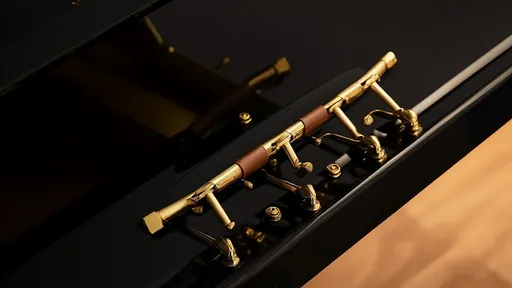
By /Jul 25, 2025
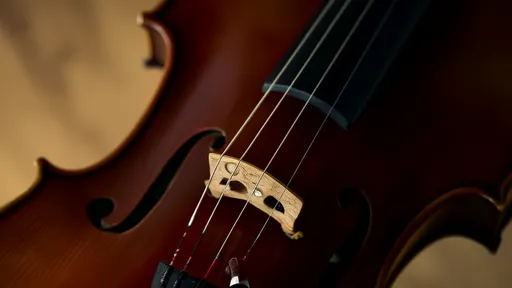
By /Jul 25, 2025

By /Jul 25, 2025

By /Jul 25, 2025

By /Jul 25, 2025
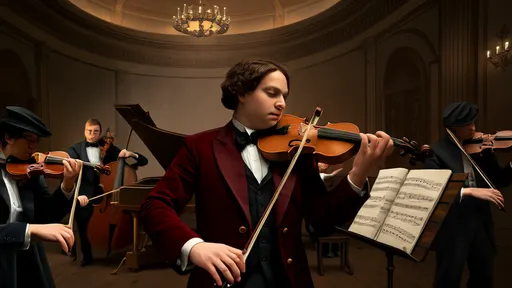
By /Jul 25, 2025

By /Jul 25, 2025
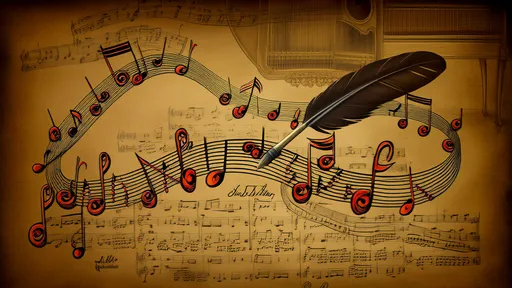
By /Jul 25, 2025
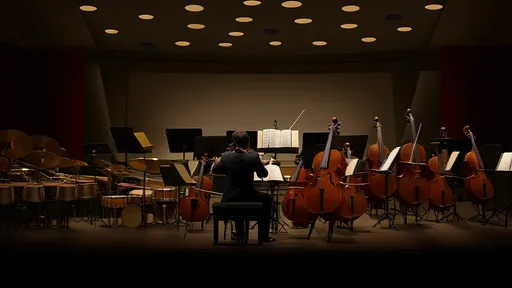
By /Jul 25, 2025

By /Jul 25, 2025

By /Jul 25, 2025
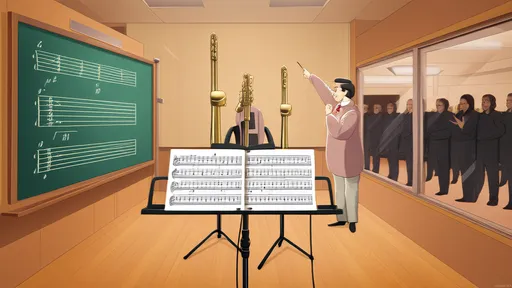
By /Jul 25, 2025
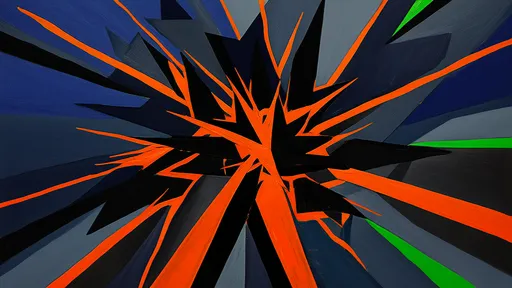
By /Jul 25, 2025

By /Jul 25, 2025
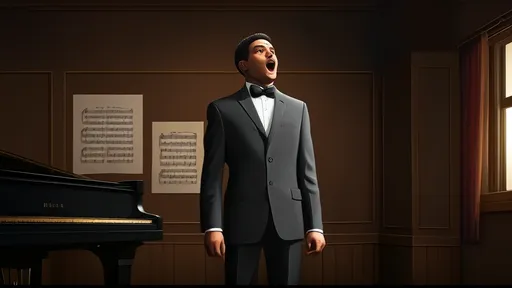
By /Jul 25, 2025
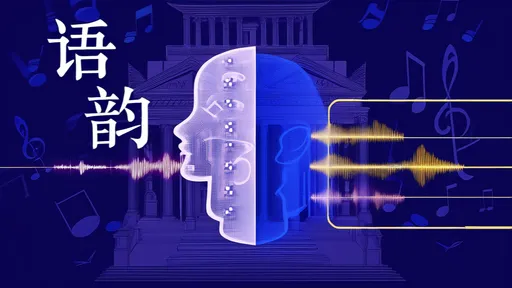
By /Jul 25, 2025

By /Jul 25, 2025
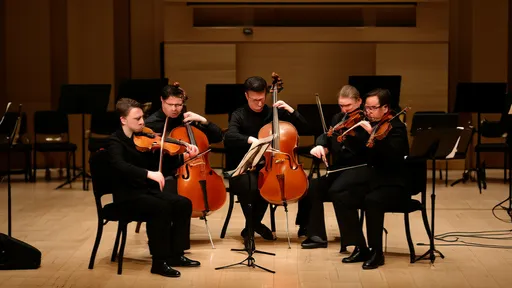
By /Jul 25, 2025